There Kiwifruit Vine Decline Syndrome (KVDS), better known as Kiwi die-off, in Italy it was observed for the first time in 2012 in Veneto, from where it then spread to other cultivation areas: Lazio, Piedmont, Emilia Romagna And Calabria.
Italian kiwi production is among the largest in the world, second only to China, with 26,000 hectares cultivated and almost 540,000 tons of fruit produced in 2022 (Istat data). Today it is estimated that the surface affected by KVDS in Italy both about the 26% of the total area cultivated with kiwis.
The spread of the phenomenon, in addition to having a strong negative effect on yields, leads huge increases in orchard operating costs and the propensity on the part of the fruit grower to commit ever more resources in an attempt to stem the problem.
The economic consequences for a sector that generates over 400 million euros in turnover every year very heavy and the world of research has been working for years to identify the causes of the kiwi's death and find solutions to combat its spread.
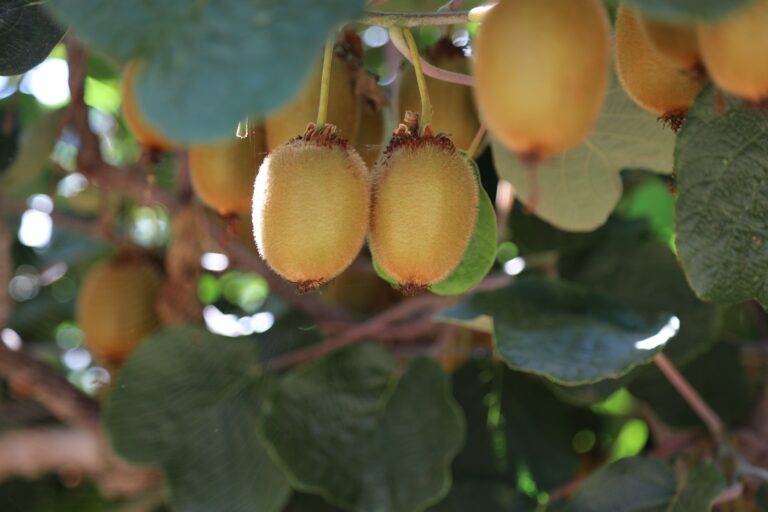
The real enemy of the kiwi? Water stagnation
Recent studies by the Universities of Verona, Udine and Bologna have shown that, in the case of diffusion of KVDS, play a fundamental role two factors: soil porosity And irrigation management. There Kiwi die-off occurs in higher percentages plots with excessively compacted soil and with one irrigation management not always optimal.
Kiwi requires a lot of water and this sometimes leads the fruit grower to exceed with administration, especially in case of flow irrigation. L'excess watering determines compact or poorly ventilated soils, the stagnation breaks down the amount of oxygen in the roots and compromises the healthy growth of plants.
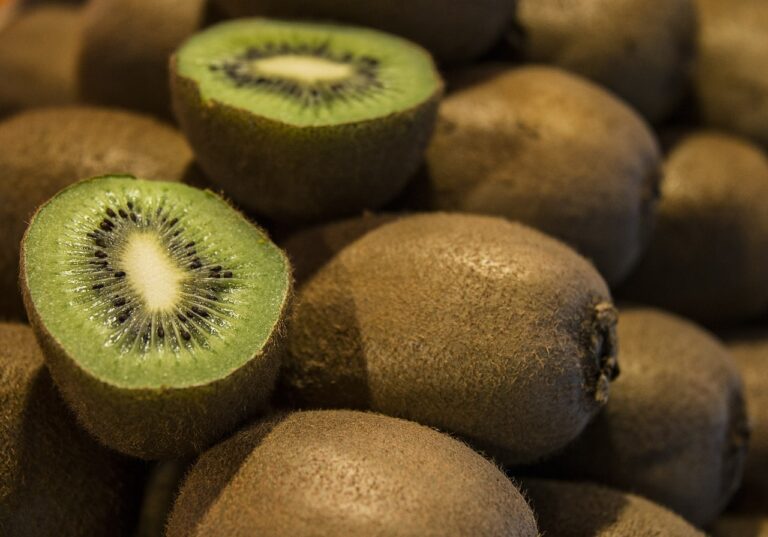
Proliferation of fungi and bacteria? Always the fault of stagnation
They have been traced in the plots affected by die-off mushrooms typical of water-saturated environments, responsible for damage to the roots and collar of the kiwi. These are species attributable to Phytopythium And Phytophtora but anaerobic bacteria of the genus have also been identified Clostridium.
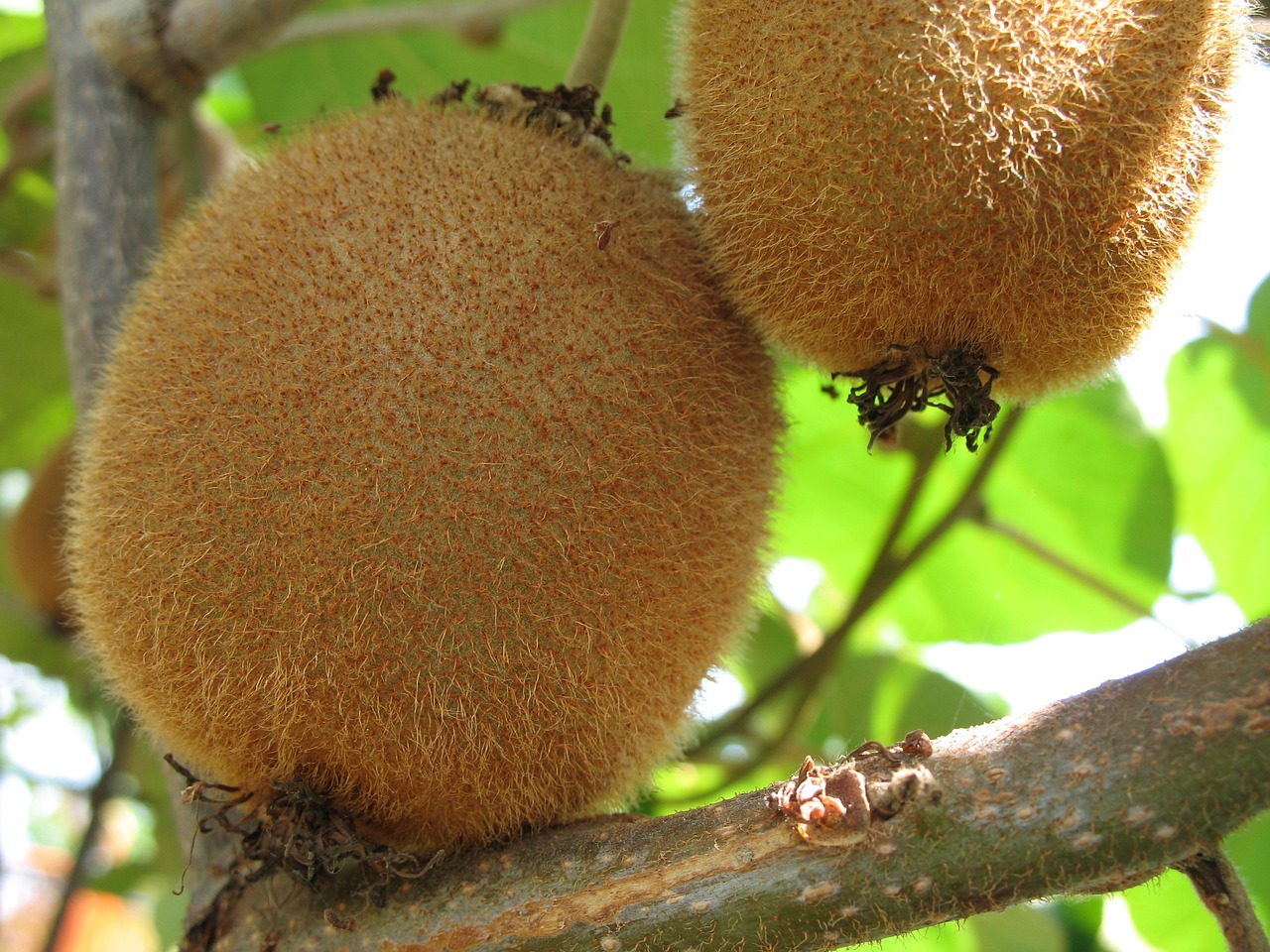
How is it possible to avoid stagnation and thus counteract the kiwi's death?
Through one correct irrigation management, that is, based on actual needs of the plant.
This not only for fimprove the porosity of the soil, but also to generate advantageous conditions at the spread of microorganisms capable of both encourage plant nutrition, and to occupy the ecological niche to the detriment of the microorganisms involved in root rot.
The key is watering
The latest studies have highlighted that only a mix of factors can prevent the expansion of the phenomenon: iuse of irrigation systems that prefer wetting of larger surfaces and theuse of irrigation volume control systems.
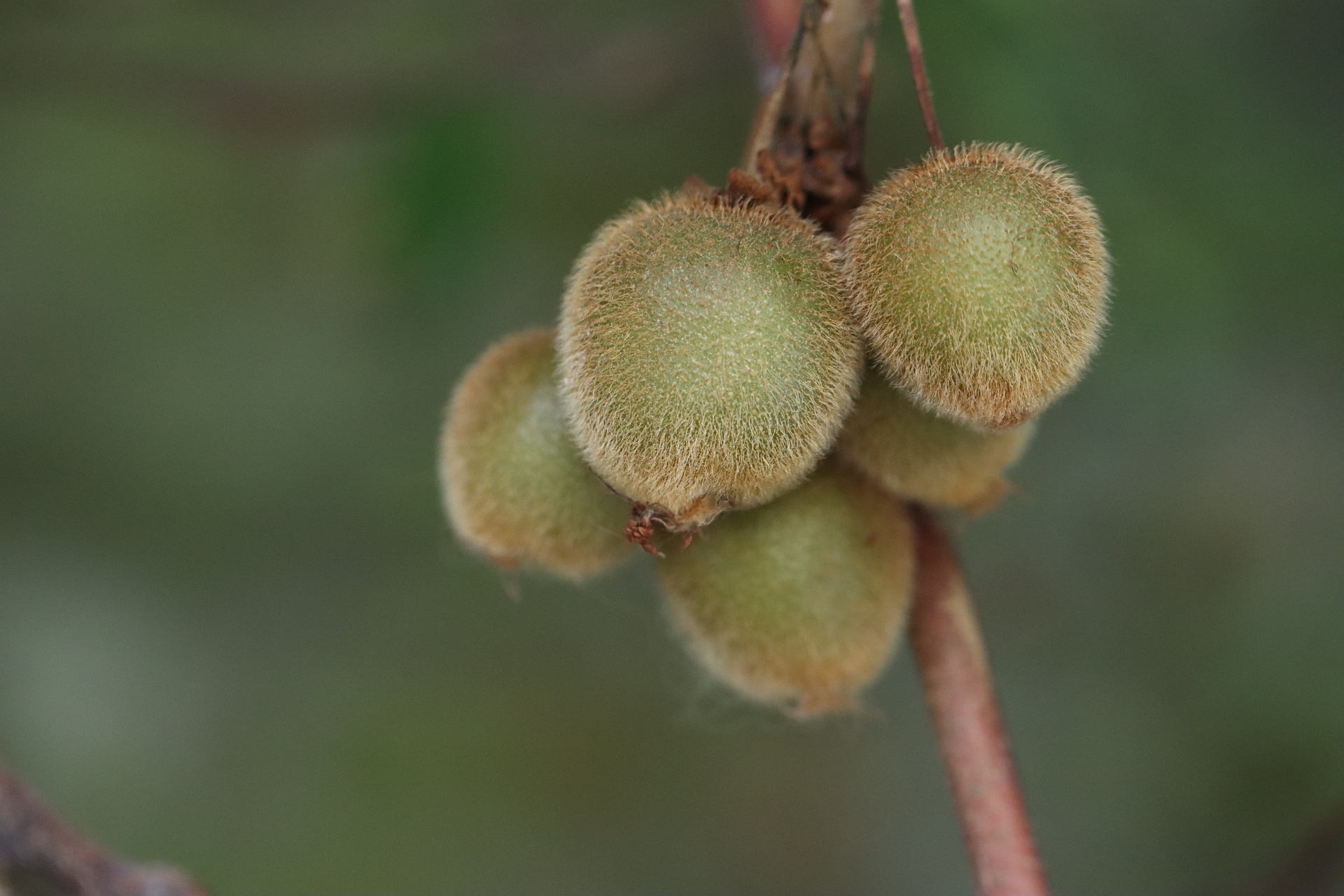
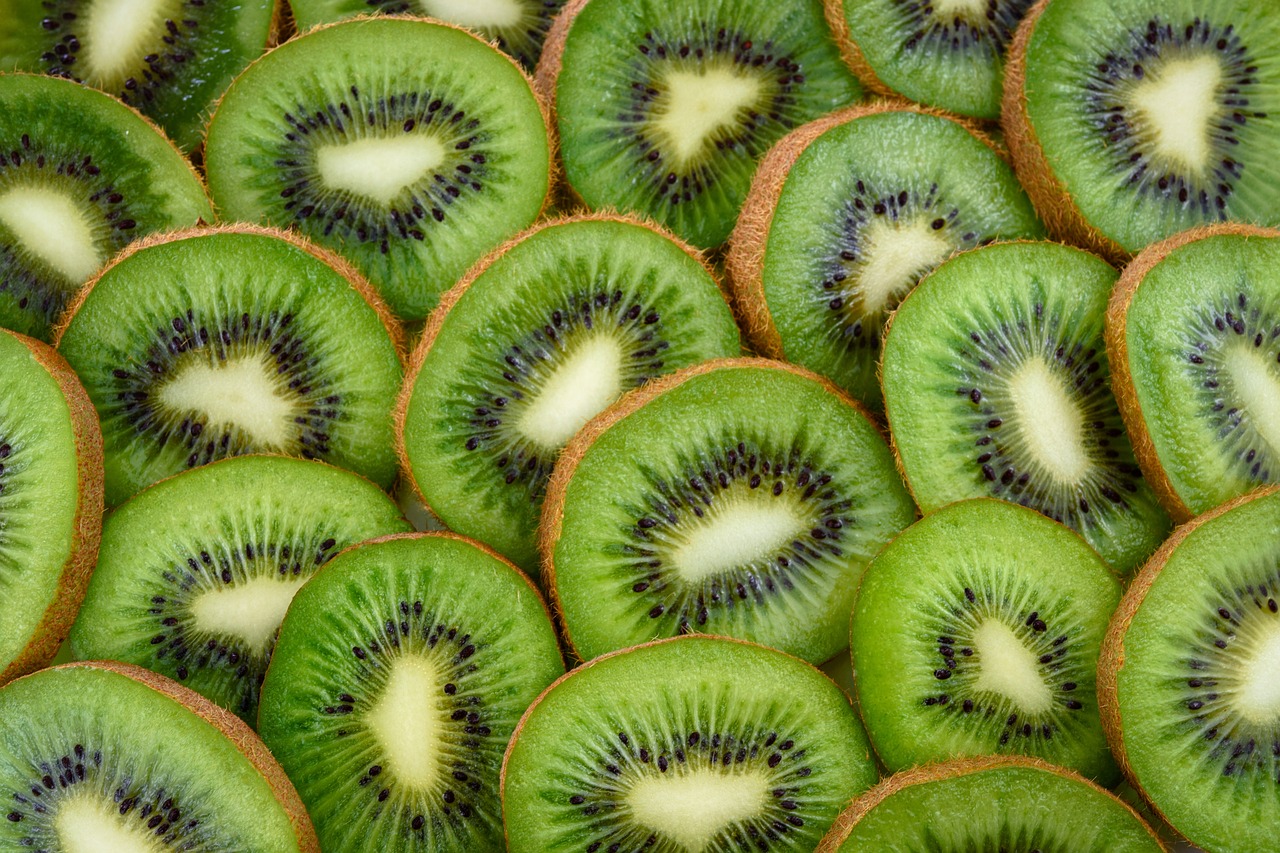
Controlled and uniform watering
It has been proven that the most suitable technique is that oftotal under-foliage sprinkling, which allows auniform irrigation of the soil. By doing so we are able to respect the anatomy of the kiwi root system, which widens and reaches a depth of about 30/40 cm.
Not to mention the fact that, in this way, water saving is guaranteed.
The role of TETHYS
Despite the first important results, it is essential to continue with research work on the topic, especially delving into the aspect of irrigation on the onset and spread of the syndrome.
With this in mind, TETHYS is participating in a important research and development project, which aims to investigate theinfluence of water management on the onset and spread of kiwi die-off.
The project is promoted by the Association of Producer Organizations ELLE ESSE AOP, financed by the Common Market Organization (CMO) for fruit and vegetables in Emilia-Romagna and sees the participation of the Department of Biology ofUniversity of Naples Federico II and the Department of Agriculture ofMediterranean University of Reggio Calabria.

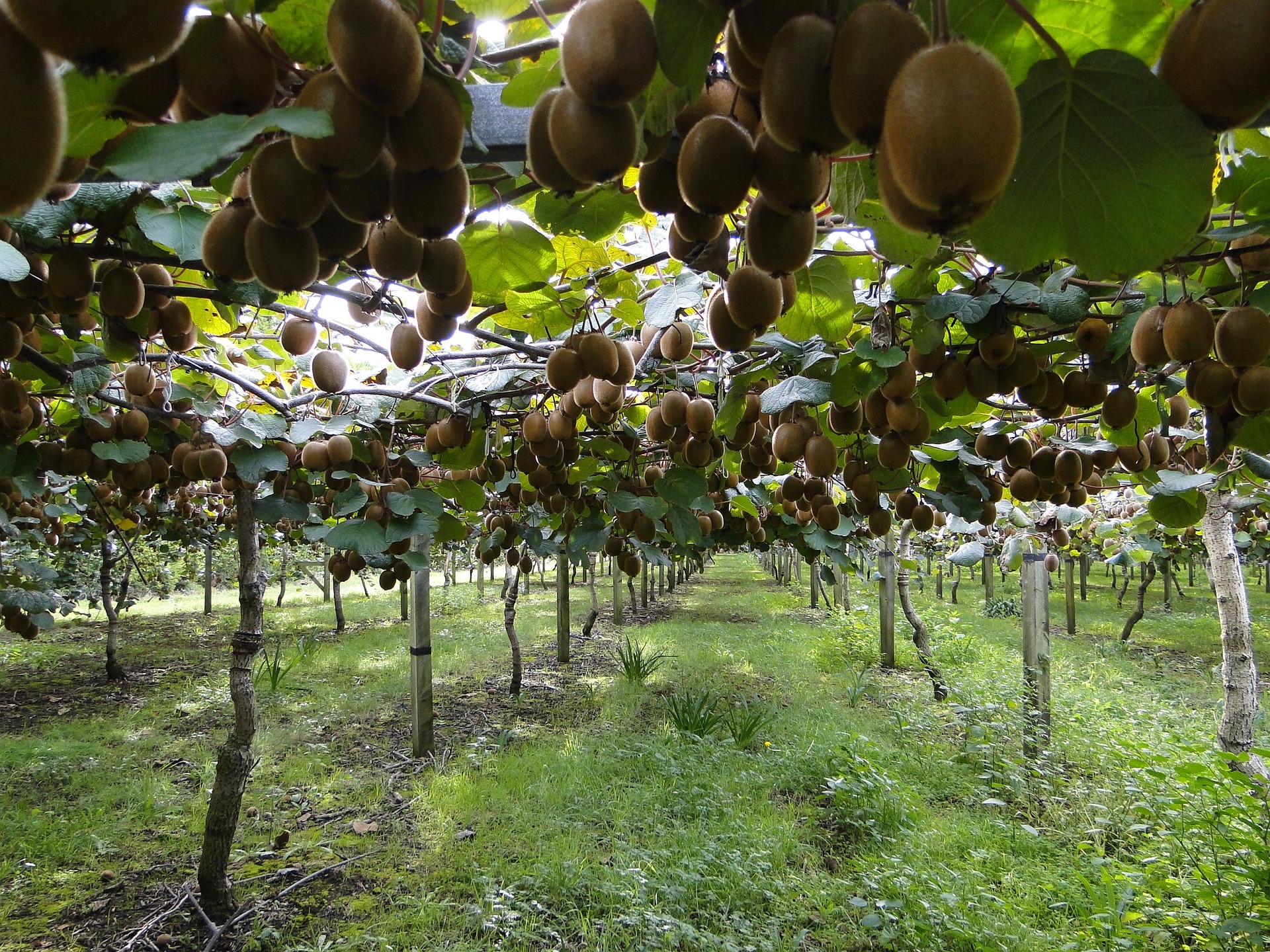
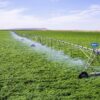

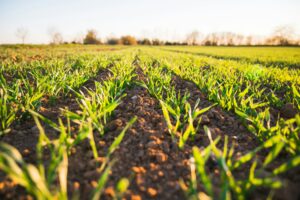
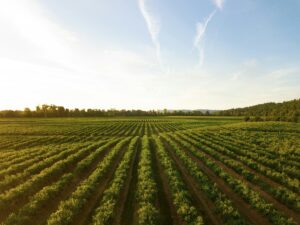
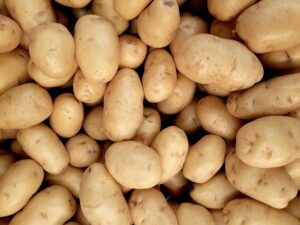
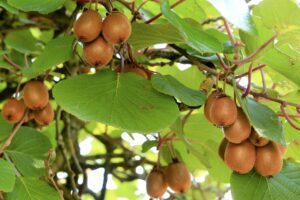


Leave a reply